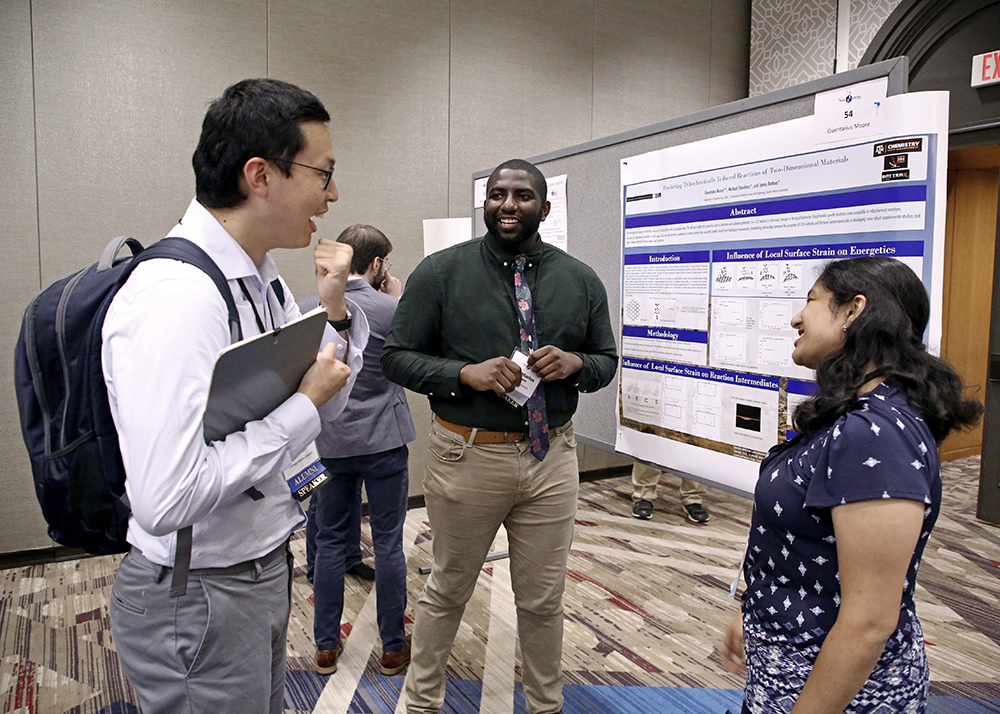The annual Fellows’ Poster Session afforded attendees a unique opportunity to gain exposure to the breadth of research supported by the DOE CSGF program. Each fellow was provided space to present their latest findings.

The annual Fellows’ Poster Session afforded attendees a unique opportunity to gain exposure to the breadth of research supported by the DOE CSGF program. Each fellow was provided space to present their latest findings.